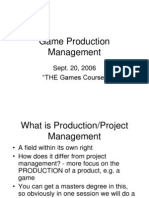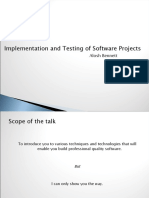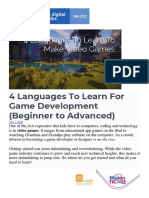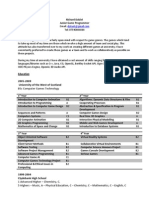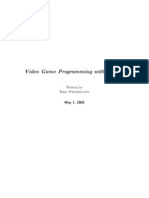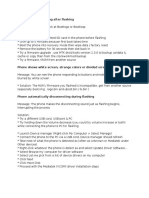0% found this document useful (0 votes)
40 views64 pagesGames Programming
The document discusses various aspects of game development programming including programming areas, team organization, methodologies, practices, languages, and scripting languages. It covers common programming languages used in game development like C++ and Java as well as scripting languages and describes their pros and cons.
Uploaded by
myou99483Copyright
© © All Rights Reserved
We take content rights seriously. If you suspect this is your content, claim it here.
Available Formats
Download as PPT, PDF, TXT or read online on Scribd
0% found this document useful (0 votes)
40 views64 pagesGames Programming
The document discusses various aspects of game development programming including programming areas, team organization, methodologies, practices, languages, and scripting languages. It covers common programming languages used in game development like C++ and Java as well as scripting languages and describes their pros and cons.
Uploaded by
myou99483Copyright
© © All Rights Reserved
We take content rights seriously. If you suspect this is your content, claim it here.
Available Formats
Download as PPT, PDF, TXT or read online on Scribd
/ 64









